Gabriel, the narrator, was born in El Barrio de la Viña in Cadiz.
In his childhood he spent a great deal of time with his friends on Caleta Beach. La Caleta is a beach located in the historical centre of the city of Cádiz, Spain. It is a natural harbour by which Phoenicians, Carthaginians and Romans penetrated historically.
Gabriel ends up in Medina Sidonia, but he runs away when some soldiers appear to recruit him. Medina Sidonia is a city in the province of Cádiz. Considered by some to be the oldest city in Europe, it is used as a military defence location because of its elevation.
It is in Medina Sidonia where he is taken in by Don Alonso and Doña Francisca, who are from Vejer. Vejer de la Frontera is a Spanish hilltop town in the province of Cádiz, on the right bank of the river Barbate. The town of Vejer de la Frontera occupies a low hill overlooking the Straits of Gibraltar and surrounded by orchards and orange groves.
Don Alonso, who was a navy officer, oten mentions the Battle of Cape St Vincent. The Battle of Cape St. Vincent (14 February 1797) was one of the opening battles of the Anglo-Spanish War (1796–1808), as part of the French Revolutionary Wars, where a British fleet under Admiral Sir John Jervis defeated a greatly superior Spanish fleet under Admiral Don José de Córdoba y Ramos near Cape St. Vincent, Portugal.
The characters mention the alliance between Spain and France under Napoleon. Revolutionary France and Bourbon Spain signed the Treaty of San Ildefonso in 1796 as part of their shared opposition to Britain. The relationship spoiled after defeat in 1805 at the Battle of Trafalgar.
Godoy was the Prime Minister at the time. Manuel de Godoy y Álvarez de Faria Rios (12 May 1767, Badajoz– 4 October 1851, Paris), 1st Prince of the Peace was the First Secretary of State of the Kingdom of Spain from 1792 to 1797 and then from 1801 to 1808, and as such, one of the central Spanish political figures during the rise of Napoleon and his invasion of Spain.
In England George III was the king. George III (George William Frederick; 4 June 1738 – 29 January 1820) was King of Great Britain and Ireland from 25 October 1760 until his death in 1820.
D José Malespina mentions the Roussiloun War, which he took part in. The War of the Pyrenees, also known as War of Roussillon, was the Pyrenean front of the First Coalition's war against the First French Republic. It pitted Revolutionary France against the kingdoms of Spain and Portugal from March 1793 to July 1795 during the French Revolutionary Wars.
The Armada in Cadiz was led by Admiral Villeneuve. Pierre-Charles-Jean-Baptiste-Silvestre de Villeneuve (31 December 1763 – 22 April 1806) was a French naval officer during the Napoleonic Wars. He was in command of the French and the Spanish fleets that were defeated by Horatio Nelson at the Battle of Trafalgar.
The other leading men in the armada were Churruca, Gravina, Brigadier Alcala Galiano, and Admiral Magon.
Cosme Damián de Churruca y Elorza (27 September 1761 – 21 October 1805) was a Basque Spanish noble, admiral of the Royal Spanish Armada, naval scientist and Mayor of Motrico. During the Battle of Trafalgar, he was the commander of the ship of the line San Juan Nepomuceno which he defended to his death.
Federico Carlos Gravina y Nápoli (12 August 1756 – 9 May 1806) was a Sicilian-Spanish admiral in the service of the Spanish Empire, during the American Revolution and Napoleonic Wars. He died of wounds sustained during the Battle of Trafalgar.
Dionisio Alcalá Galiano (8 October 1760 – 21 October 1805) was a Spanish naval officer, cartographer, and explorer. He mapped various coastlines in Europe and the Americas with unprecedented accuracy using new technology such as chronometers. He commanded an expedition that explored and mapped the Strait of Juan de Fuca and the Strait of Georgia, and made the first European circumnavigation of Vancouver Island. He reached the rank of brigadier and died during the Battle of Trafalgar.
Charles René Magon de Médine (12 November 1763 – 21 October 1805) was a French contre-amiral killed at the battle of Trafalgar whilst commanding the ship-of-the-line Algésiras - his conduct in the battle is seen by French historians as one of the few redeeming features of that disaster, and his name appears on the Arc de Triomphe.
In the book we learn that the Spanish admirals were against entering battle so soon because their forces were inferior to the English ones. Gravina and other Spanish commanders argued strongly with the French, who wanted to sail immediately, whereas the Spaniards recommended waiting for more favourable conditions. Gravina was also concerned about the yellow fever epidemic that had left his ships short of men, as well as the lingering resentment against the French, for their perceived lack of support at the Battle of Cape Finisterre. The fleet finally left Cadiz on 20 October 1805, leading to the Battle of Trafalgar the next day.
The ship where Gabriel and Don Diego sailed was the Santisima Trinidad and its commander was Francisco Javier de Uriarte. (Puerto de Santa María, 5 October 1753-, 29 November 1842).
Another officer was Baltasar Hidalgo de Cisneros. Baltasar Hidalgo de Cisneros y de la Torre (6 January 1756 – 9 June 1829) was a Spanish naval officer born in Cartagena. He took part in the Battle of Cape St Vincent and the Battle of Trafalgar, and in the Spanish resistance against Napoleon's invasion in 1808.
On the English side Nelson commandeered HMS Victory and Collingwood the Royal Sovereign. Victory is best known for her role as Lord Nelson's flagship at the Battle of Trafalgar on 21 October 1805. Nelson died in the Battle of Trafalgar on this ship. Victory then carried Nelson's body to England, where, after lying in state at Greenwich, he was buried in St. Paul's Cathedral on 9 January 1806.
Vice Admiral Cuthbert Collingwood (26 September 1748 – 7 March 1810) was an admiral of the Royal Navy, notable as a partner with Lord Nelson in several of the British victories of the Napoleonic Wars, and frequently as Nelson's successor in commands.


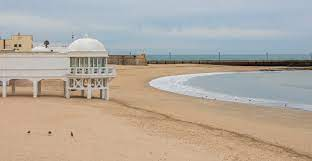
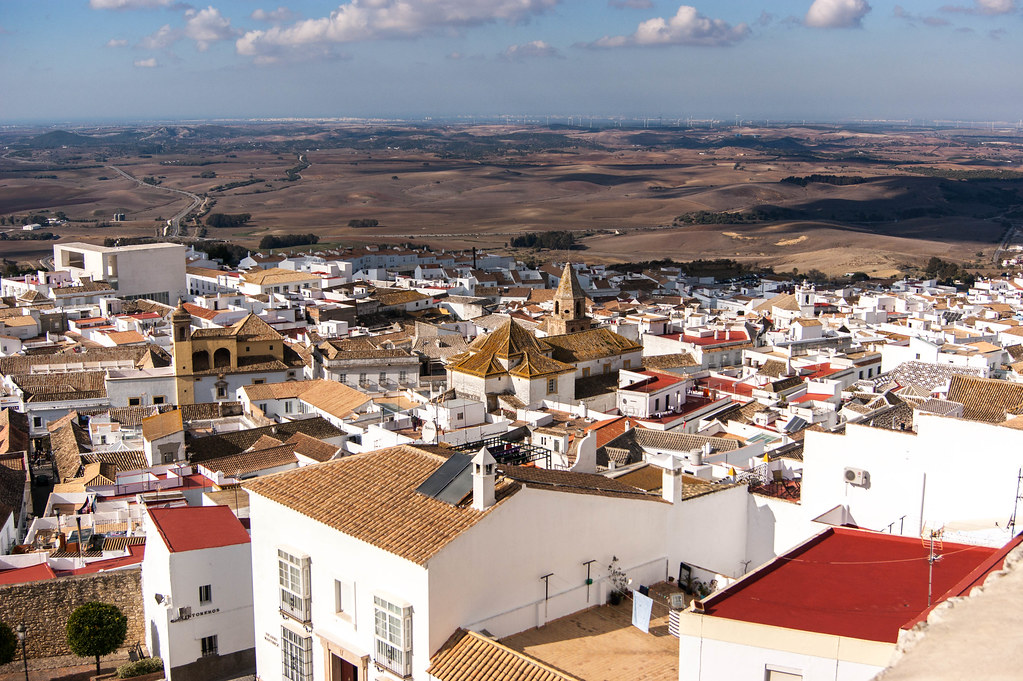


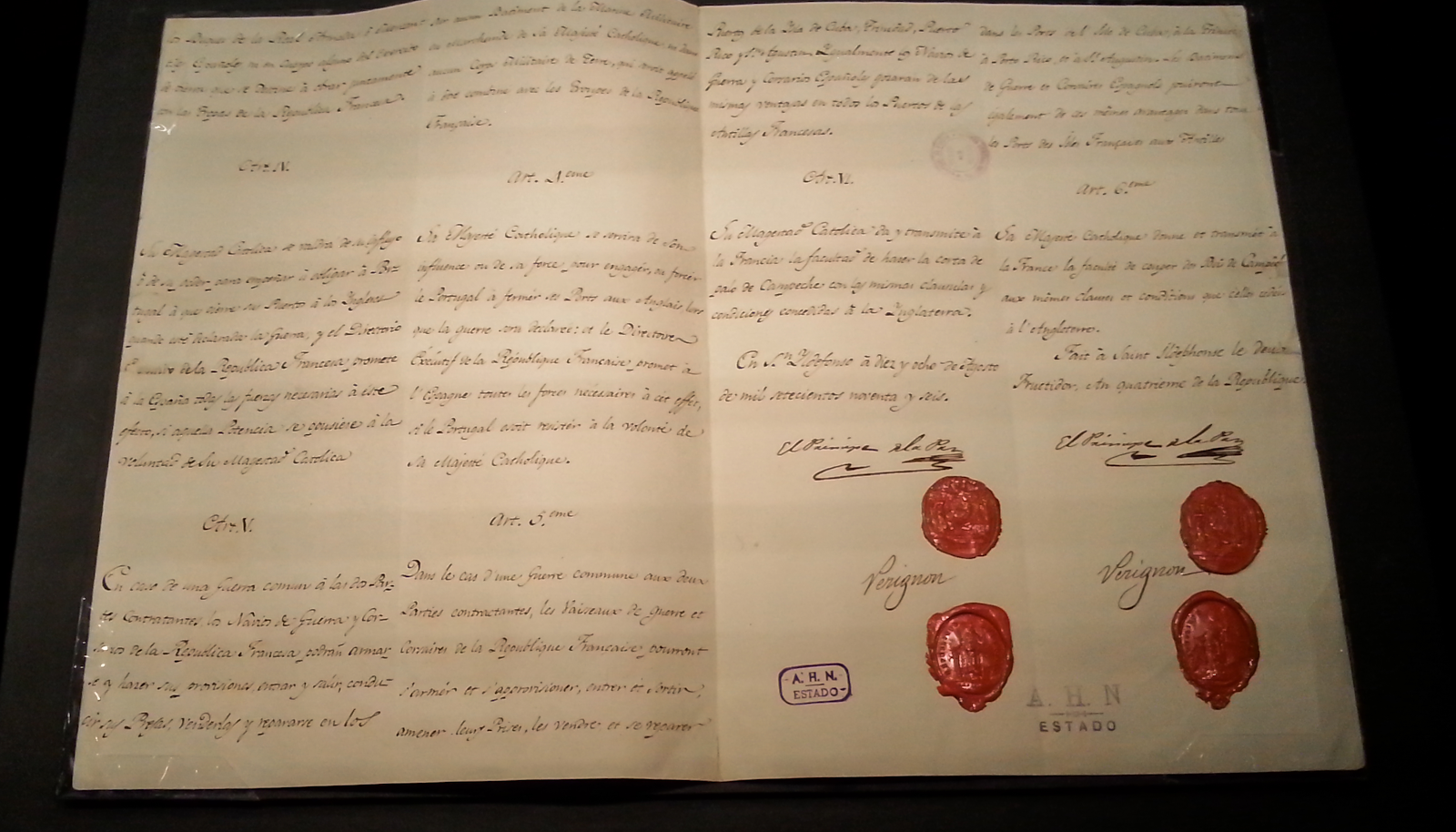
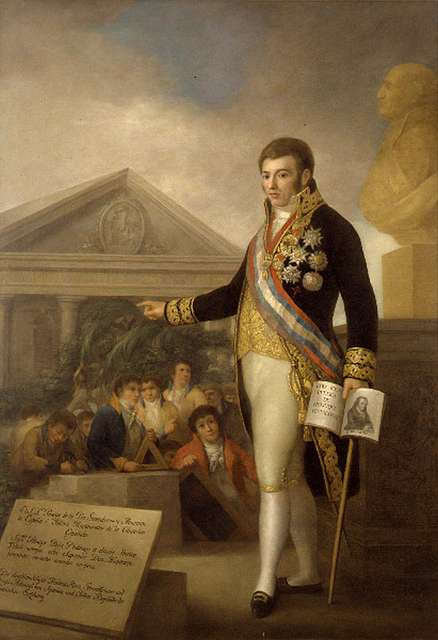











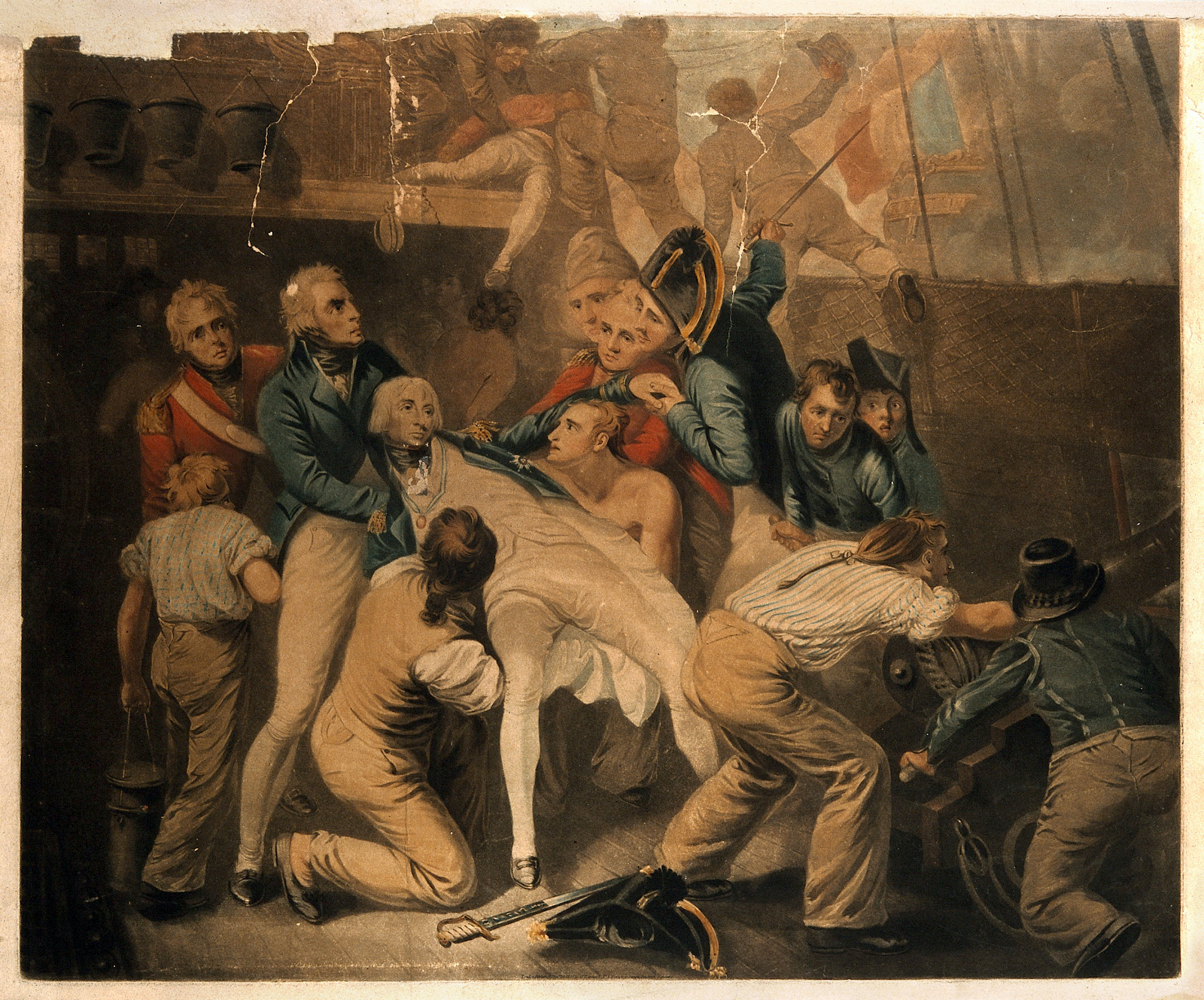

No comments:
Post a Comment